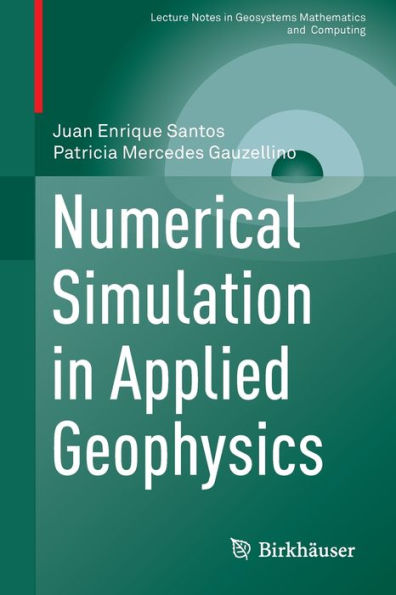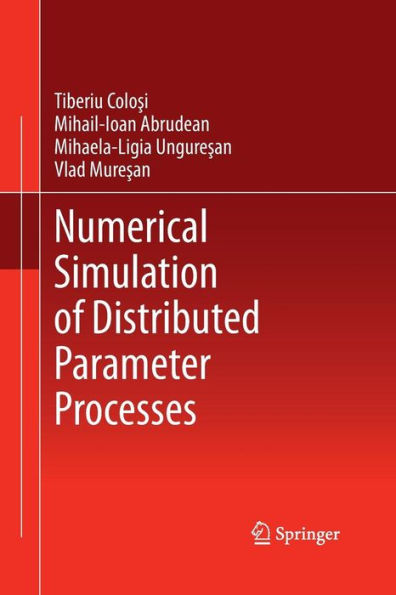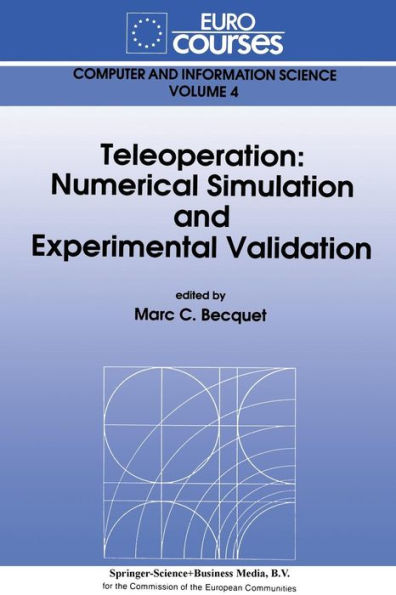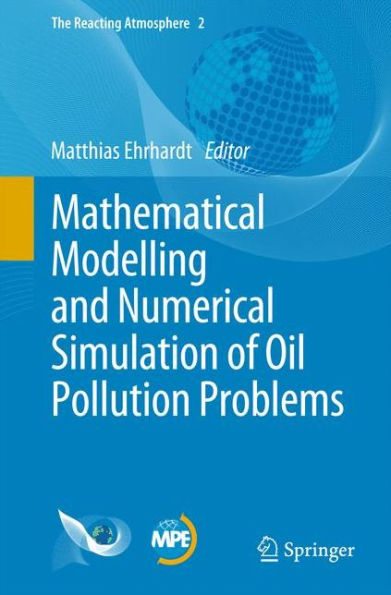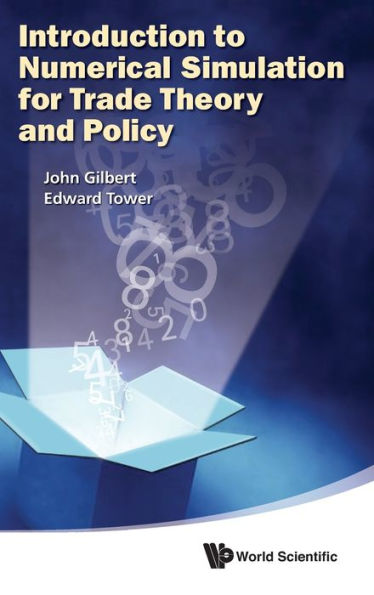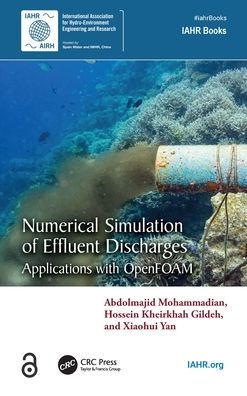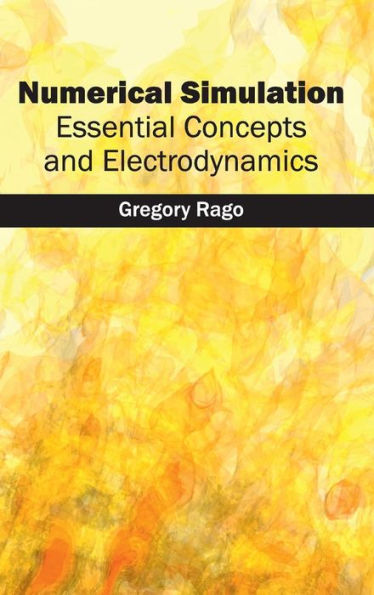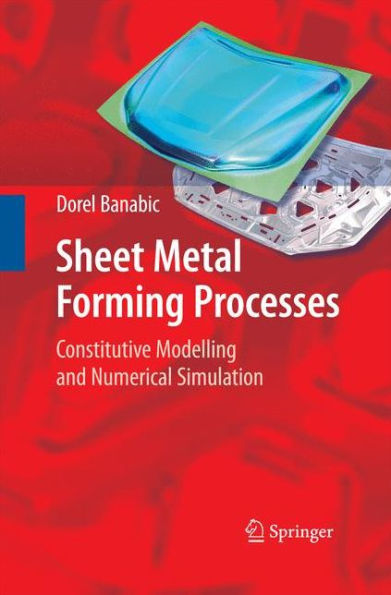Home
Microphysics of Magnetic Reconnection Near-Earth Space: Spacecraft Observations and Numerical Simulations
Barnes and Noble
Microphysics of Magnetic Reconnection Near-Earth Space: Spacecraft Observations and Numerical Simulations
Current price: $139.99
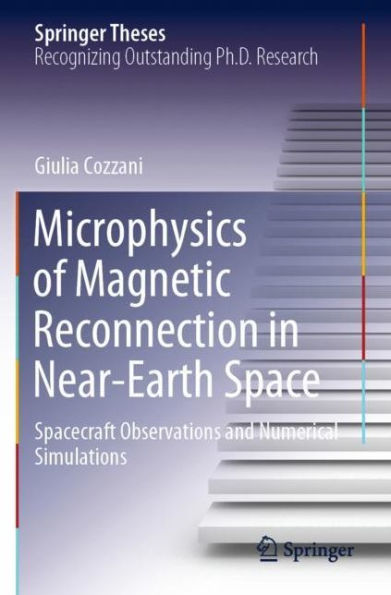

Barnes and Noble
Microphysics of Magnetic Reconnection Near-Earth Space: Spacecraft Observations and Numerical Simulations
Current price: $139.99
Size: Hardcover
Loading Inventory...
*Product information may vary - to confirm product availability, pricing, shipping and return information please contact Barnes and Noble
This book presents recent advances in the physics of magnetic reconnection, investigated via both in situ spacecraft observations and fully kinetic numerical simulations. Magnetic reconnection is a fundamental process in plasma physics during which the topological reconfiguration of the magnetic field leads to energy conversion and particle energization. The book focuses on the physics of the electron diffusion region (EDR), a crucial region where the electrons are decoupled from the magnetic field and efficiently accelerated by the electric field. By using recent, high-resolution measurements provided by NASA’s Magnetospheric MultiScale Mission (MMS), the book investigates the structure of the EDR at the Earth’s magnetopause. The presented analysis provides evidence for an inhomogeneous and patchy EDR structure. The structure of the EDR appears to be more complex than the in laminar picture suggested by previous observations and simulations. Then, electrons dynamics inthe EDR is studied using a novel, fully kinetic Eulerian Vlasov–Darwin model that has been implemented in the Vlasov–DArwin numerical code (ViDA), explained in detail in the book. Lastly, the book covers the testing of this new code, and investigates the contributions of the different terms in the generalized Ohm’s law within the EDR, highlighting the role of the electron inertia term.
